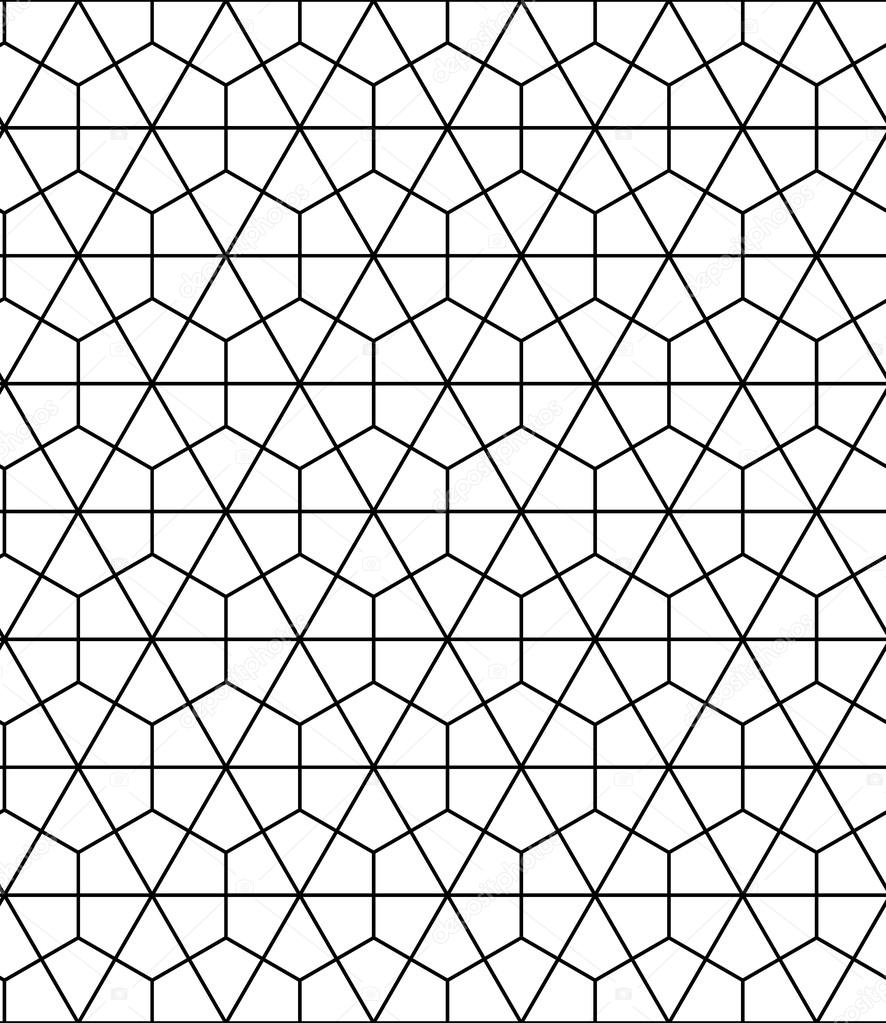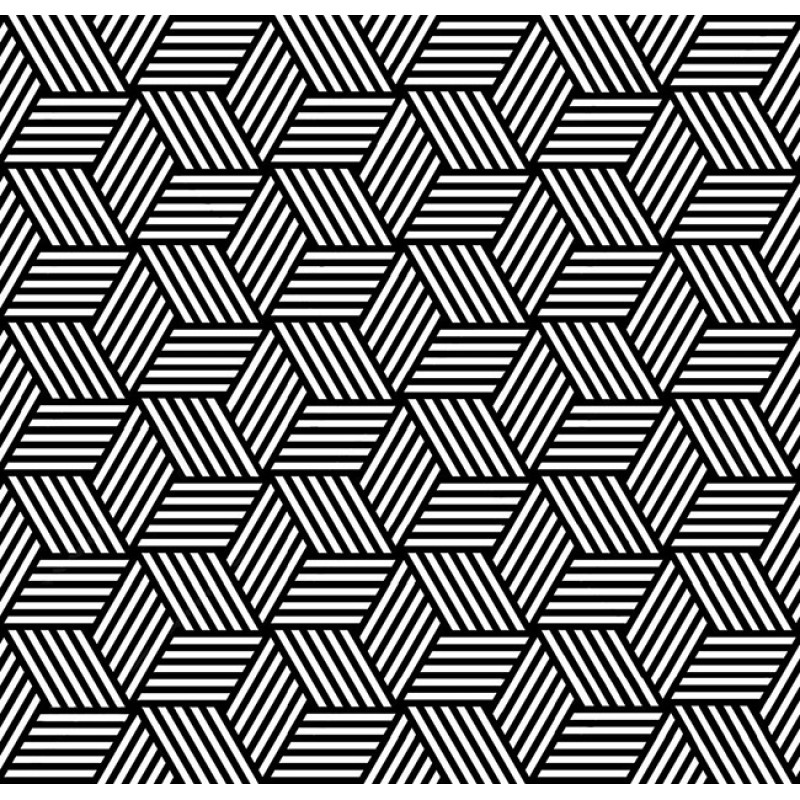I had this weird thing: it seemed, since my update to mavericks, that my macbook pro did not go to sleep anymore. Well, when on power supply, my computer never goes to sleep, but my display does.
I know that some applications, like full screen video, make sure that the screen does not go to sleep, even though I do nothing (luckily). So I went on a venture to see if I could find which application "hanged".
Seems actually there is a really easy way to see that, in your console type
> pmset -g
And in my case the output look like this:
[system] ~/work/git/on_the_spot (master) > pmset -g
Active Profiles:
Battery Power -1
AC Power -1*
Currently in use:
standbydelay 4200
standby 1
womp 1
halfdim 1
hibernatefile /var/vm/sleepimage
darkwakes 1
gpuswitch 2
networkoversleep 0
disksleep 10
sleep 0 (sleep prevented by backupd)
autopoweroffdelay 14400
hibernatemode 3
autopoweroff 1
ttyskeepawake 1
displaysleep 10 (display sleep prevented by Google Chrome)
acwake 0
lidwake 1
The important line: sleep prevented by Google Chrome, awesome, even I understand that :) So now the only thing I needed to do was go through my verrrry long list of tabs and check which one keeps the display from sleeping (I am an avid tab-collector). Apparently the screenhero homepage (screenhero seems like a very interesting option for remote pair programming, that's why I kept it open) for some reason blocks the display from sleeping. Makes sense when it is in use, not so much on the homepage. Closed it, and shabam ... fixed :)







